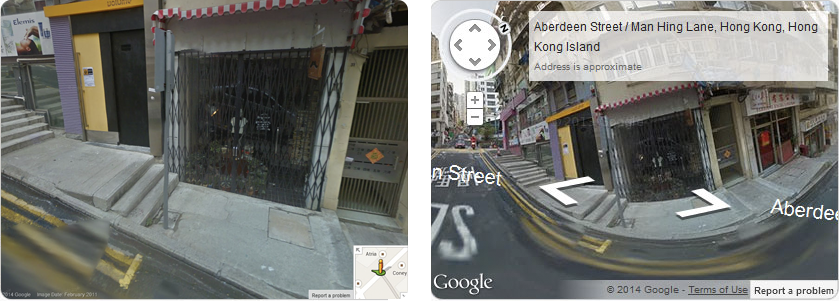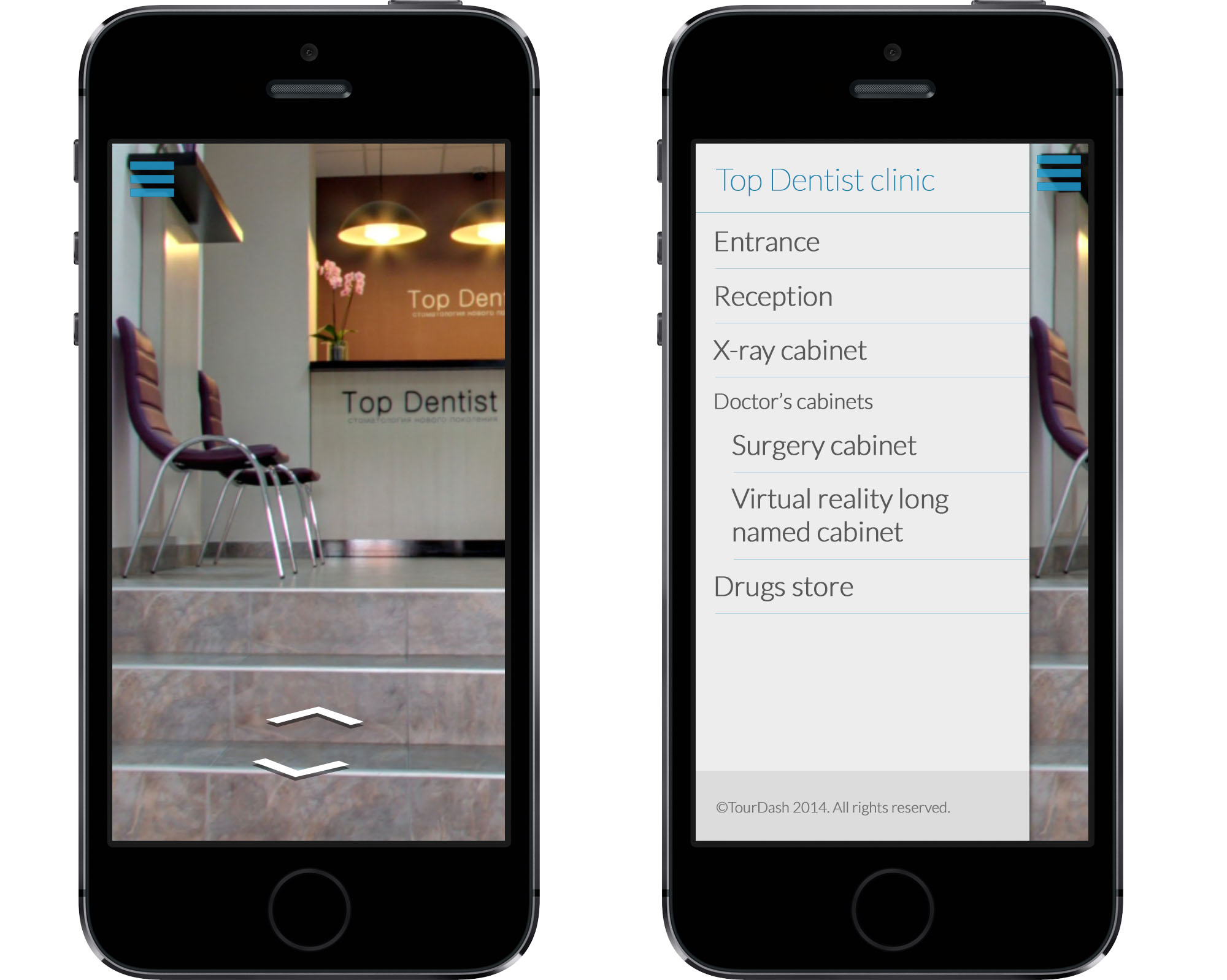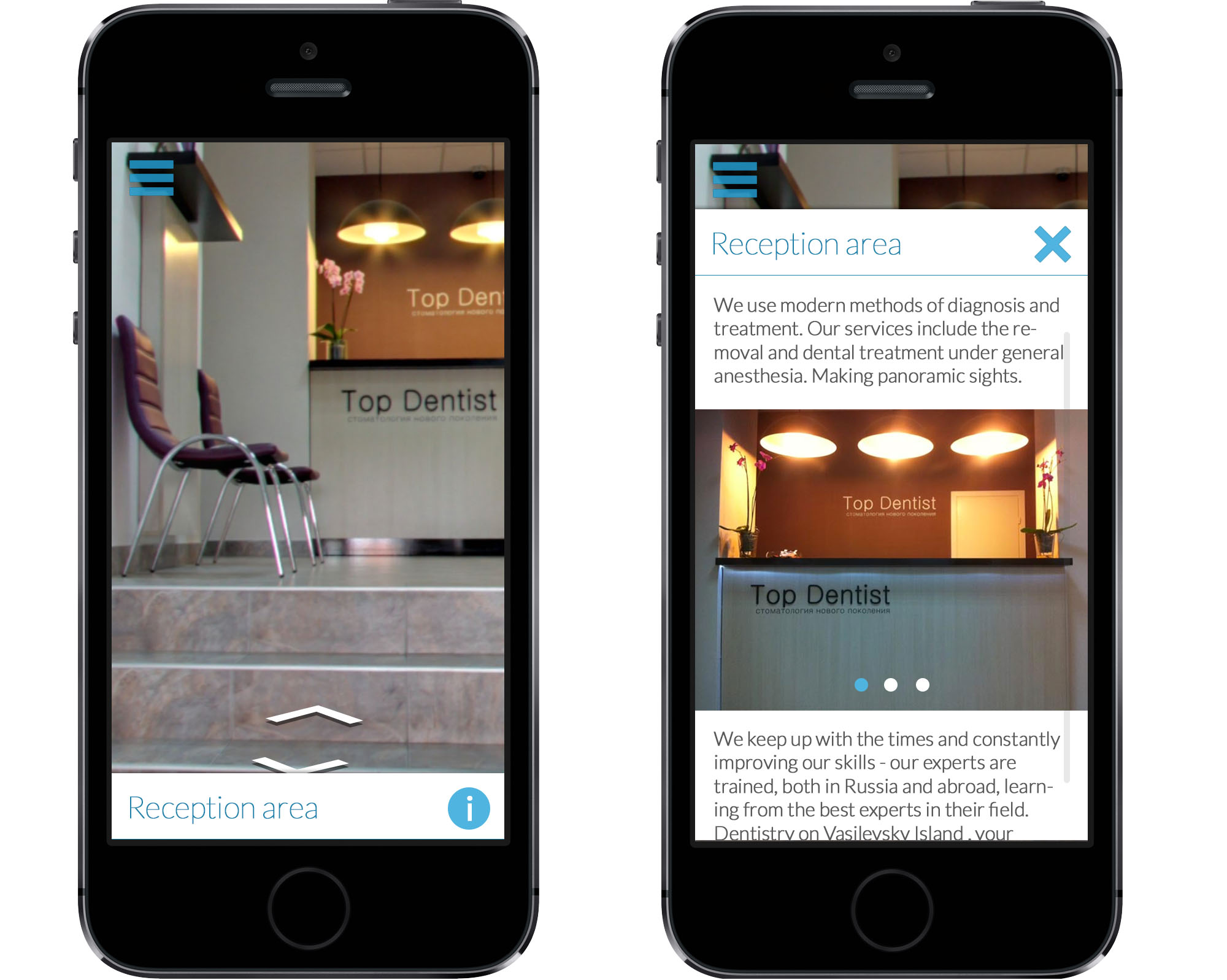Whenever you’re looking at TourDash on your desktop or laptop you’ve got yourself an amazing interactive experience. Right now we’re working on improving the experience on your mobile device but this is a two-step program.
The first step towards ‘TourDash on your mobile device‘ speaks to how Google Street View and Google Maps Business View performs on your Android, iPhone or Windows mobile/tablet device within a mobile-browser.
At the moment it is still lacking. The high-end range of Android and iPhone devices seem to manage quite well with showing these virtual tours, but even on these devices the performance does not match the quality of your desktop experience or the Google Maps apps. Anything below that will show you a questionable experience unless you’re looking at a virtual tour in an equirectangular projection.

On the left you see what the tour looks like on your desktop and on the right what it looks like on your mobile device, an equirectangular projection. A distinct difference, it is possible for TourDash to force a 3D-projection instead of an equirectangular projection, we do so now, but this will result in a slow and delayed experienced when navigating through the virtual tour on your mobile device.
We’re always looking for ways to improve on this experience and at the moment we’re doing it together with Google. However, it’s wise to keep in mind that to a certain extent you’re dealing with hardware limitations which you can’t always overcome.
The second step of this process is how TourDash works on your mobile device which. Right now this is the exact same as your desktop, that’s what we’re going to change.
We’ve hidden the navigation panel behind a familiar icon that’s common with a navigation panel.

Boundary hotspots appear as you swipe around in the virtual tour, they grow and fully appear once you’re looking within the predetermined area.

Last but not least, here’s a quick video of showing you a VERY brief example of TourDash mobile.